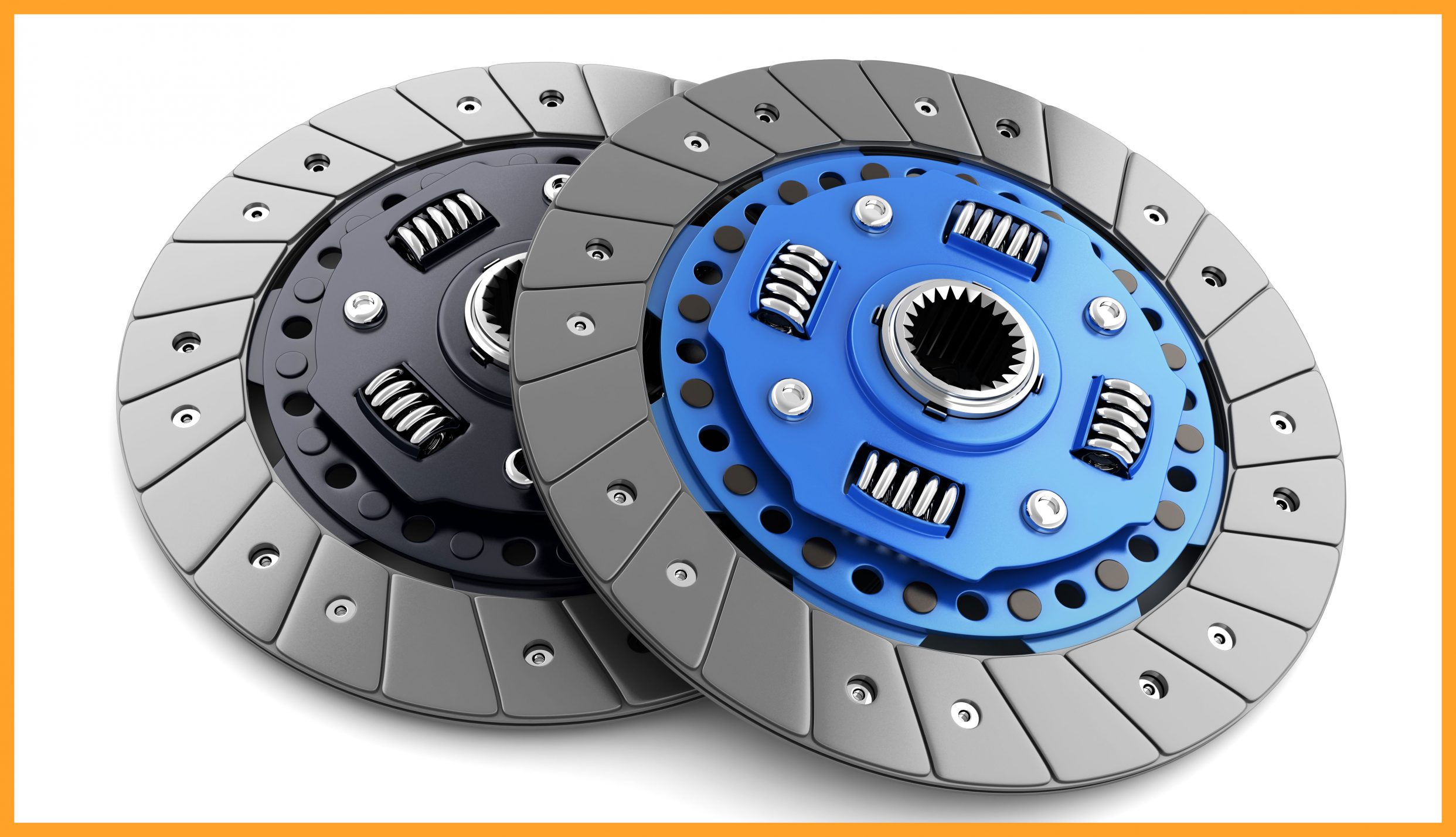Used Car Buying Tip 4: How to Check for a Faulty Clutch and Flywheel
There is a magic number for buying a used car. This magic number is just an idea that a car with over 100,000 miles is a bad car and under 100,000 miles a good car. There is a very small helping of truth in this because at around 100,000 miles you can expect that routine parts have to be replaced such as timing belts, timing chains, EGR valves, airflow meters, DPF filters, discs and clutches. This is the reason people buy new cars. They have got the best from their car and now is the time for someone else to inherit the expenses. It’s €30,000 for a new car, but a used car with 100,000 miles is for sale at €10,000 which is about the average spend of my clients. On this car routine, expected to be replaced parts are going to cost €1500 to €2000. These parts can fail at any mileage but with a bank loan and rose coloured glasses the €10,000 car is bought from a dealer with a warranty. But does the warranty cover routine maintenance? Can the terms and conditions be read with rose coloured glasses on?
Now about that clutch. Clutches are designed to wear out. It’s not just a question of does it work or not. A 99 year old man is still working, still getting around but he could fail at any time. A used clutch can fail at any time and the older in miles it is the more likely it is to fail and suffer on the way. As an experienced car checker I know what to expect from any given model but here are a few tips that could save you a thousand or more.
Heavy Pedal: As a clutch becomes worn the springs in its construction have further to travel. If you ever tried to compress a spring you would notice that it gets harder to push the more you compress it. With multiple springs in a clutch the pedal becomes heavy to press therefore a heavy clutch means a well worn clutch. How light or heavy a clutch is varies from model to model, but imagine a frail 99 year old woman pressing the clutch. Could she do it? She should be able to.
Two Stage Pick Up: Clutches are made with friction material. Friction causes heat. Excessive heat can melt metal. Springs are made of metal. Springs melt. Melted springs’ initial failure can be detected by a two stage release of the clutch as the unmelted springs operate first and then the melted springs.
To check for melted springs go to a flat road. Put the car in first gear and let the clutch out slowly a bit at a time. The car should pull away without touching the accelerator pedal.
Worn Slipping Clutch: This is very easy to check, in fact so easy it’s not worth doing. Put the handbrake on. Put the car in first gear. Rev up the engine and let the clutch out slowly. This is a pointless test as clutches work until they die and is not a great indicator of a €1000 bill.
Dual Mass Flywheel: These are a great invention and are fitted to most modern manual cars. It acts like you have two clutches which makes gear changes smooth and effortless. Worn flywheels are not smooth. The springs in them become loose and lose the ability to give a smooth operation. To check for smooth operation pull off in first gear and then immediately decelerate. Any jerking or hesitation means a faulty flywheel. Remember it is designed to be replaced, expected to fail. When flywheels become more worn than above the bearings start to fail and this noise can be detected as a slight rumble. The clutch is still working – just like that 99 year old man. The take up is slack, the bearings are rumbling and the springs are rattling and the rose coloured glasses are not as rosy anymore. Bring a mechanic with you before you buy.
